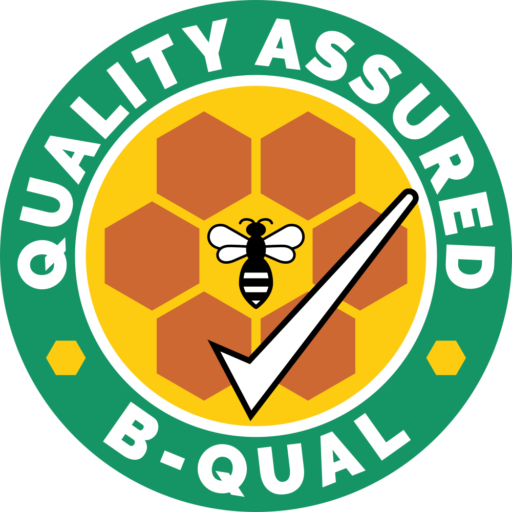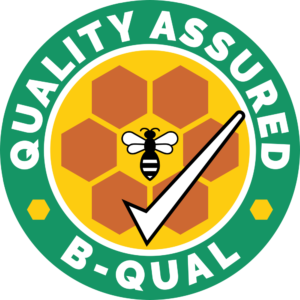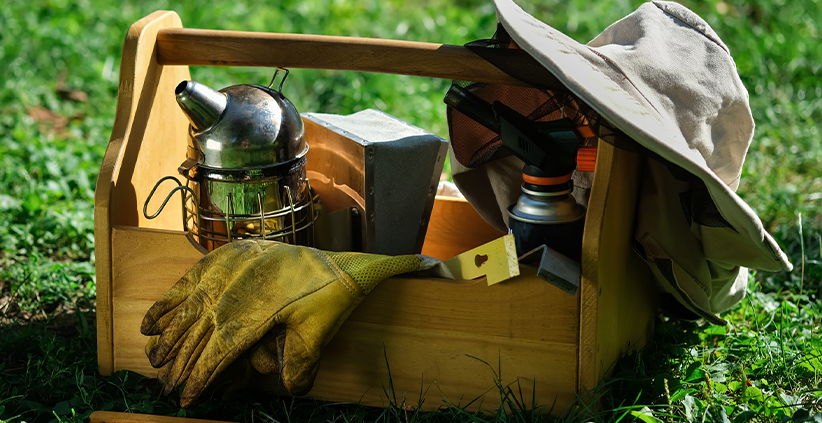Beekeeping Tools 101: Essential Equipment for Every Apiarist
Starting Strong: Why the Right Tools Matter
Beekeeping is a rewarding practice that connects people with nature while playing a vital role in supporting local ecosystems. But as any seasoned apiarist will tell you, having the right tools can mean the difference between a successful, stress-free hive inspection and a chaotic, disruptive experience—for both beekeeper and bees. Whether you’re just beginning your beekeeping journey or looking to upgrade your setup, understanding the core equipment is essential for safety, efficiency, and hive health.
The Beekeeper’s Suit: Your First Line of Defence
No piece of equipment is more iconic—or necessary—than the beekeeper’s suit. Designed to protect you from stings, a full suit includes a veil, gloves, and long sleeves to cover exposed skin.
There are a few options to consider:
- Full Suit: Offers complete coverage and is ideal for beginners or those working with temperamental bees.
- Jacket and Veil Combo: A lighter option for warm weather or quick checks.
- Ventilated Suits: Made with mesh layers to allow airflow, helping prevent overheating.
Quality matters—choose a suit that’s well-stitched, easy to zip, and made from durable material.
Smoker: Calming the Colony
A smoker is one of the most essential tools in any beekeeper’s kit. When used correctly, it masks alarm pheromones released by guard bees, helping to calm the colony during inspections or honey harvesting.
Key points:
- Use natural materials like pine needles, untreated hessian, or wood shavings.
- Ensure the smoker produces cool, thick smoke, not flames.
- Always light it before opening the hive and keep it nearby throughout your inspection.
Hive Tool: The Beekeeper’s Multi-Tool
Think of the hive tool as your beekeeping pry bar. It’s designed to separate boxes, lift frames, and scrape off propolis and wax buildup. Most tools have a flat edge for prying and a hooked or curved end for lifting frames. Stainless steel versions are durable and easy to clean, making them a long-lasting investment.
Bee Brush: Gentle Frame Cleaning
Bees love to cluster on frames and inside boxes. When you need to move them gently—perhaps during a harvest or inspection—a soft-bristled bee brush is the way to go. Use it lightly to avoid harming the bees, and clean it often to prevent disease transmission.
Frame Grip or Frame Lifter: Extra Precision
This handy gadget allows you to lift frames more easily and securely, especially when they’re stuck with propolis. It reduces the risk of dropping a frame or accidentally crushing bees and is especially useful in densely packed hives.
Queen Catcher and Marking Tools
If you plan to mark your queen or need to isolate her temporarily during inspections or requeening, a queen catcher and marking pen will come in handy. There are several styles, including plunger-style catchers and clip catchers. Marking pens use a non-toxic colour dot to help identify the queen at a glance.
Optional Extras Worth Considering
- Bee Feeder: Useful during times of nectar scarcity.
- Frame Spacer Tool: Helps evenly space frames, ensuring better comb building.
- Uncapping Knife and Extractor: Essential if you plan to harvest honey yourself.
- Digital Scale or Brood Thermometer: For more advanced monitoring of hive health and productivity.
Conclusion: Build Your Kit with Care
Investing in the right beekeeping tools doesn’t just make your job easier—it protects your bees, reduces stress, and promotes a healthier hive. While you don’t need every gadget on the market, starting with the essentials ensures you’re equipped for routine inspections, hive maintenance, and honey collection.
As your confidence and experience grow, you’ll learn which tools work best for your setup and climate. In beekeeping, preparation pays off—and a well-stocked toolkit is a sign of a thoughtful, responsible apiarist.
– Become BQUAL certified –

Proudly display the B-QUAL logo and demonstrate your enterprise is operating in accordance with the industry requirements and expectations of consumers, markets, regulatory authorities and the wider community, in relation to the key issues of food safety and industry best practices.



